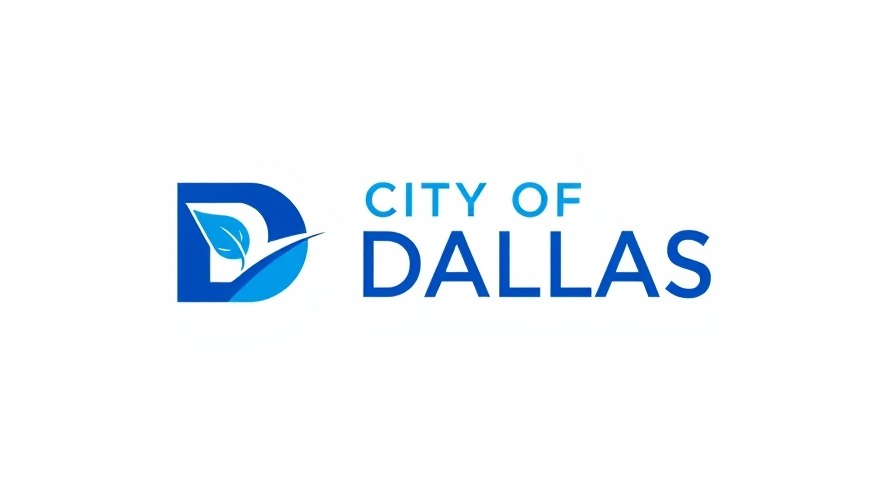
Dallas's Real Estate Boom: A Legacy of Urban Renewal
Since the inception of its first Tax-Increment Financing (TIF) district in 1989, Dallas has made significant strides in urban redevelopment, enhancing its real estate landscape. The Office of Economic Development has been pivotal in nurturing public-private partnerships to propel growth in the city, showcasing a model that many urban areas seek to replicate. This article explores the profound impacts of these initiatives on Dallas's real estate market, shedding light on trends, challenges, and the future outlook.
Understanding the Dallas Tax-Increment Financing Program
The TIF program has been a cornerstone of Dallas's urban development strategy since its establishment. From the notable State-Thomas district to the current Mall Area Redevelopment, TIF districts have transformed underutilized spaces into thriving urban neighborhoods. As per recent evaluations, real property values across these districts have surged by an impressive 238.8% since their base year. The growth represents not just increased home values but also a revitalization of community infrastructure.
New Housing and Commercial Investments Transforming the City
With nearly 30,000 new residential units constructed and an additional 7,500 underway, Dallas is on an upward trajectory in residential development. Meanwhile, over 10 million square feet of new commercial space has been completed, emphasizing a robust environment for businesses to flourish. This can significantly influence the Dallas startup scene, attracting both locals and investors hoping to capitalize on growth opportunities.
The Effect of TIF on Hotel and Hospitality Developments
The TIF program is not just limited to residential and commercial spaces; it has also catalyzed the expansion of Dallas's hospitality sector. Approximately 4,000 hotel rooms have been added since the program’s inception, with 1,500 more in progress, positioning Dallas as a key player in the tourism and business travel sectors. With a variety of conventions and corporate events planned, the high-quality accommodations reflect the city’s increasing importance as a business hub.
Future Predictions: The Real Estate Market Outlook
As we look to the future, predictions around the Dallas real estate market suggest continued growth, albeit tempered by uncertainties stemming from economic fluctuations. Factors such as the influx of tech companies and the ongoing demand for office spaces indicate that Dallas is primed for sustained development. With the rise of remote work, there’s also potential for transforming office spaces into multi-use facilities that address modern working needs.
How Dallas Businesses Can Leverage the Real Estate Growth
For entrepreneurs and small business owners, understanding these real estate trends is crucial. The growth of commercial spaces presents an array of opportunities that can facilitate business expansions or new ventures. Dallas's vibrant business networking events provide ample chances for entrepreneurs to connect with investors and explore partnership opportunities. Moreover, with resources like the Dallas Chamber of Commerce aiding in networking and mentorship opportunities, businesses can tap into the momentum generated by the city's urban development initiatives.
Conclusion: Embracing the Future of Dallas
The ongoing transformation of Dallas through the TIF program demonstrates the city's commitment to urban renewal and economic development. As the real estate market continues to thrive, all stakeholders—from homeowners to small business owners—should seize the moment to benefit from the opportunities created by this growth. Stay informed about Dallas’s real estate trends and consider engaging with local organizations that can aid in navigating this dynamic landscape.
 Add Element
Add Element  Add Row
Add Row 



Write A Comment